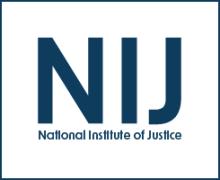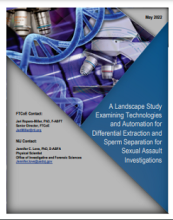Studies
Buprenorphine Maintenance Versus Placebo or Methadone Maintenance for Opioid Dependence
Procedural justice, neighbourhood context, and domestic violence reporting intention among subgroups of immigrants
For Whom Does a Transitional Jobs Program Work?: Examining the Recidivism Effects of the Center for Employment Opportunities Program on Former Prisoners at High, Medium, and Low Risk of Reoffending
Identification of Host Material From Crops and Whole Bodies of Protophormia Terraenovae (R-D) (Diptera) Larvae, Pupae, and Adults, and the Implications for Forensic Studies
Examination of the Stability and Consistency of Investigative Interviewer Performance Across Similar Mock Interview Contexts
Assessment of Bone Age Based on Morphometric Study of the Upper End of the Humerus
Changes in Criminal Offending Around the Time of Job Entry: A Study of Employment and Desistance
Effects of School Resource Officers on School Crime and Responses to School Crime
Tribal Crime, Justice, and Safety, Part 2
Stacy Lee Reynolds and Christine (Tina) Crossland continue their discussion of tribal crime, justice, and safety, including how Native American persons experience crime victimization at higher rates than non-Native people and the jurisdictional complexities in responding to tribal crime, justice, and safety. Read the transcript.
Listen to the first half of Stacy and Tina’s discussion.
Reading and Resources from NIJ
Tribal-Researcher Capacity Building Grants
Tribal Crime, Justice, and Safety, Part 1
Research indicates that Native American persons experience crime victimization at higher rates than non-Native people. Furthermore, the unique position of American Indian and Alaska Native tribes as both sovereign nations and domestic dependents of the U.S. creates jurisdictional complexities in responding to crime, justice, and safety. Senior social and behavioral scientist Christine (Tina) Crossland discusses NIJ’s research on these topics, especially on the prevention of violence towards American Indians and Alaska Natives. Communications Assistant Stacy Lee Reynolds hosts.






